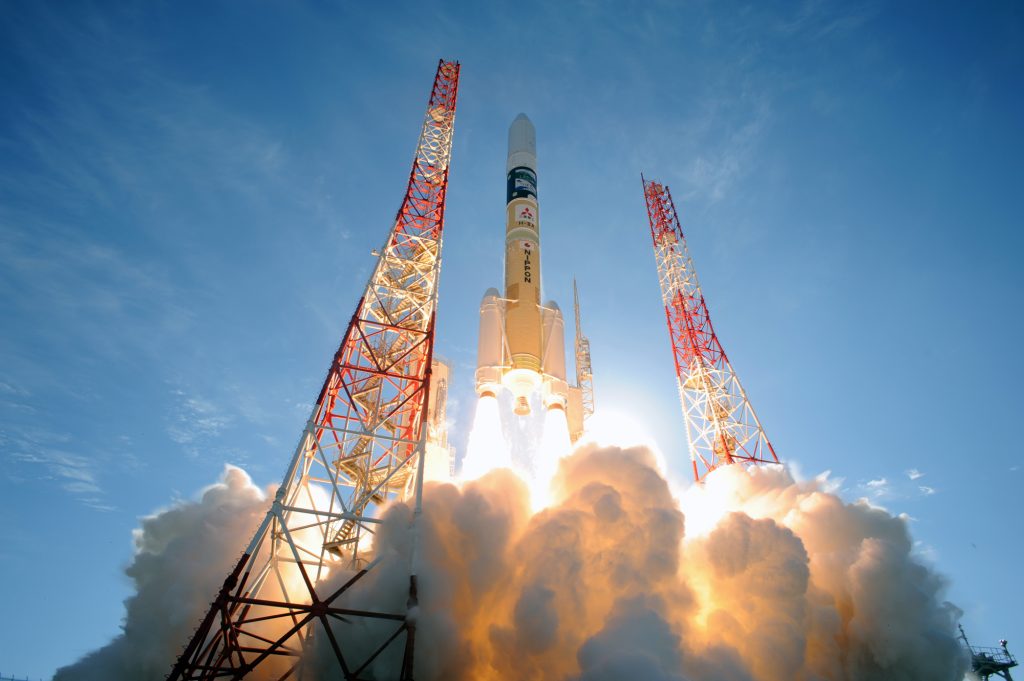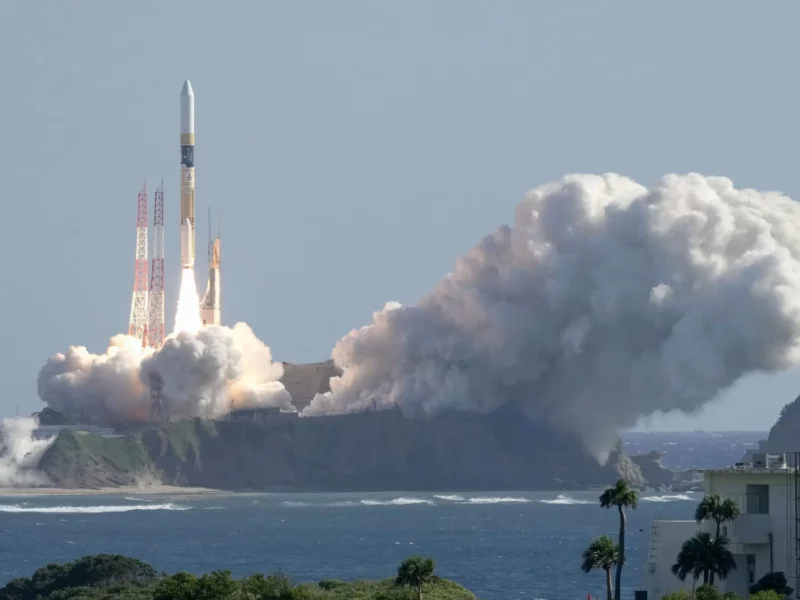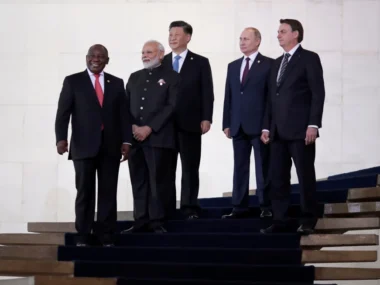Japan has launched its lunar exploration spacecraft, often dubbed the “moon sniper,” into space using a domestically developed H-IIA rocket. This successful launch marks a significant step toward Japan’s goal of becoming the world’s fifth country to land on the moon, with plans for the landing to take place early next year.
Japan has achieved a significant milestone by launching its lunar exploration spacecraft, often referred to as the “moon sniper,” using a domestically built H-IIA rocket. This launch paves the way for Japan to become the fifth country in the world to land on the moon, with plans for the landing scheduled for early next year. The Japan Aerospace Exploration Agency (JAXA) confirmed that the rocket took off from the Tanegashima Space Center in southern Japan as scheduled and successfully deployed the Smart Lander for Investigating Moon (SLIM). Japan’s goal is to land SLIM within 100 meters of its designated target on the lunar surface. The mission, with a budget of $100 million, is expected to reach the moon by February.
This launch follows India’s recent achievement as the fourth nation to successfully land a spacecraft on the moon with its Chandrayaan-3 mission, targeting the unexplored lunar south pole. It’s worth noting that Japan had faced two previous failed lunar landing attempts in the past year.
Japan’s Lunar Landing Challenges
JAXA experienced a loss of communication with the OMOTENASHI lander and had to cancel a landing attempt in November. The Hakuto-R Mission 1 lander, developed by a Japanese startup called ispace, encountered a crash in April while making its descent to the lunar surface. Additionally, the H-IIA rocket was tasked with carrying the X-Ray Imaging and Spectroscopy Mission (XRISM) satellite, a collaborative project involving JAXA, NASA, and the European Space Agency.
The launch of the H-IIA rocket.

Mitsubishi Heavy Industries was responsible for the manufacturing of the rocket and oversaw its launch. This launch marked the 47th H-IIA rocket launched by Japan since 2001, bringing the rocket’s success rate to nearly 98%. JAXA had temporarily suspended the launch of the H-IIA carrying SLIM for several months while investigating the issues stemming from the failure of its new medium-lift H3 rocket during its inaugural launch in March.
Japan’s space missions have encountered other recent setbacks, including the unsuccessful launch of the Epsilon small rocket in October 2022, followed by an engine explosion during a test in July. Nevertheless, the country has plans to send astronauts to the moon in the late 2020s.
Here are the key takeaways for competitive examinations based on the provided information:
- JAXA Founded: 1 October 2003
- JAXA President: Yamakawa Hiroshi
- JAXA Headquarters: Chōfu, Tokyo, Japan











